I had a lovely email from my friend Emily tonight, who said she appreciated and approved of my stance on moving away from Facebook and Instagram as platforms, but missed the ability to comment on my updates. It’s a fair point. I’ve deliberately left comments turned off for now, as Rodd is working on a project to turn this blog (and RoaldDahlFans) into a static site. This will make the site more secure; it’ll load faster for you; and it’ll be cheaper for me to run. The trade-off is that anything interactive – like comment forms – won’t work anymore. But I know what Emily means, and I miss having that form of interactivity here.
There is an interesting option that I’m toying with – using Bluesky and/or Mastodon for the comments. I’ve seen several static blogs doing this with those networks, and it feels like something I could do. I’ve started doing my research so it may well be appearing here before you know it…
Updated to add: You know what? Let’s try turning comments back on and see what happens…
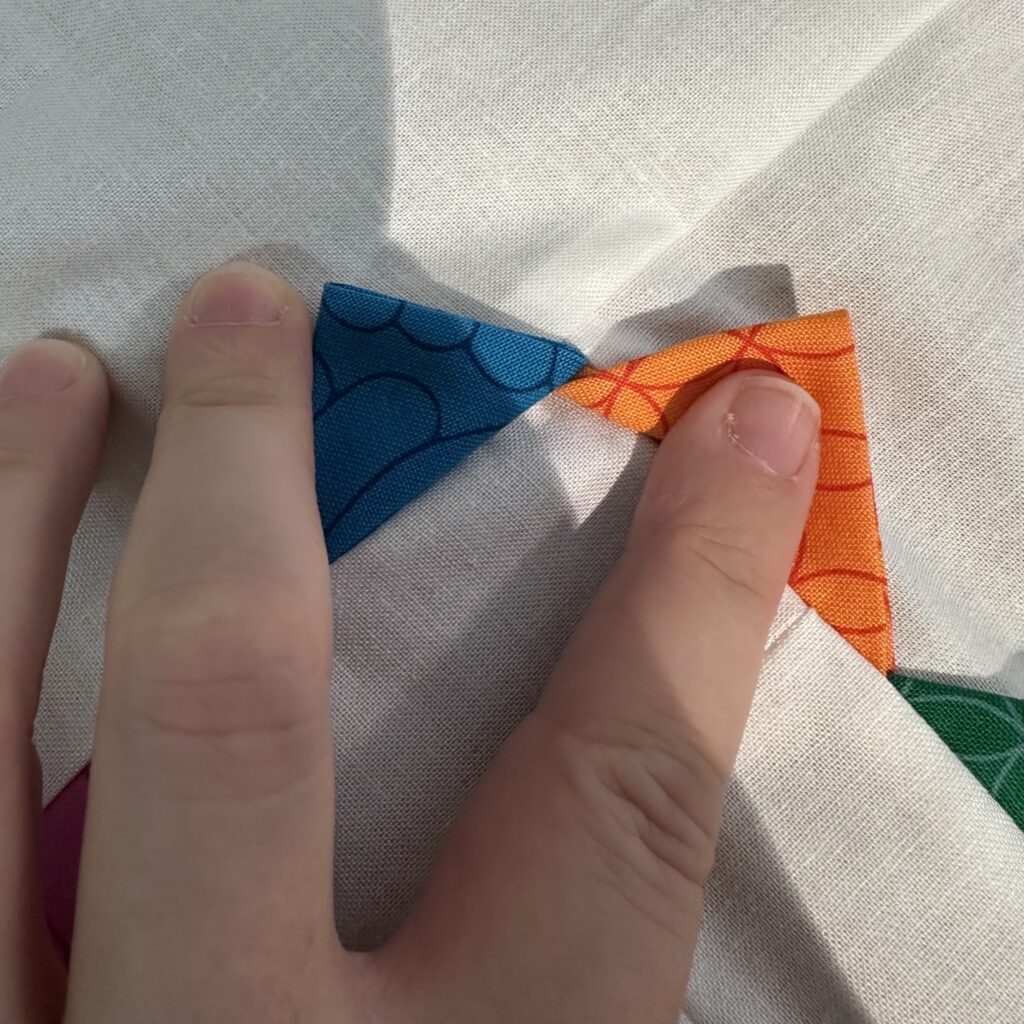
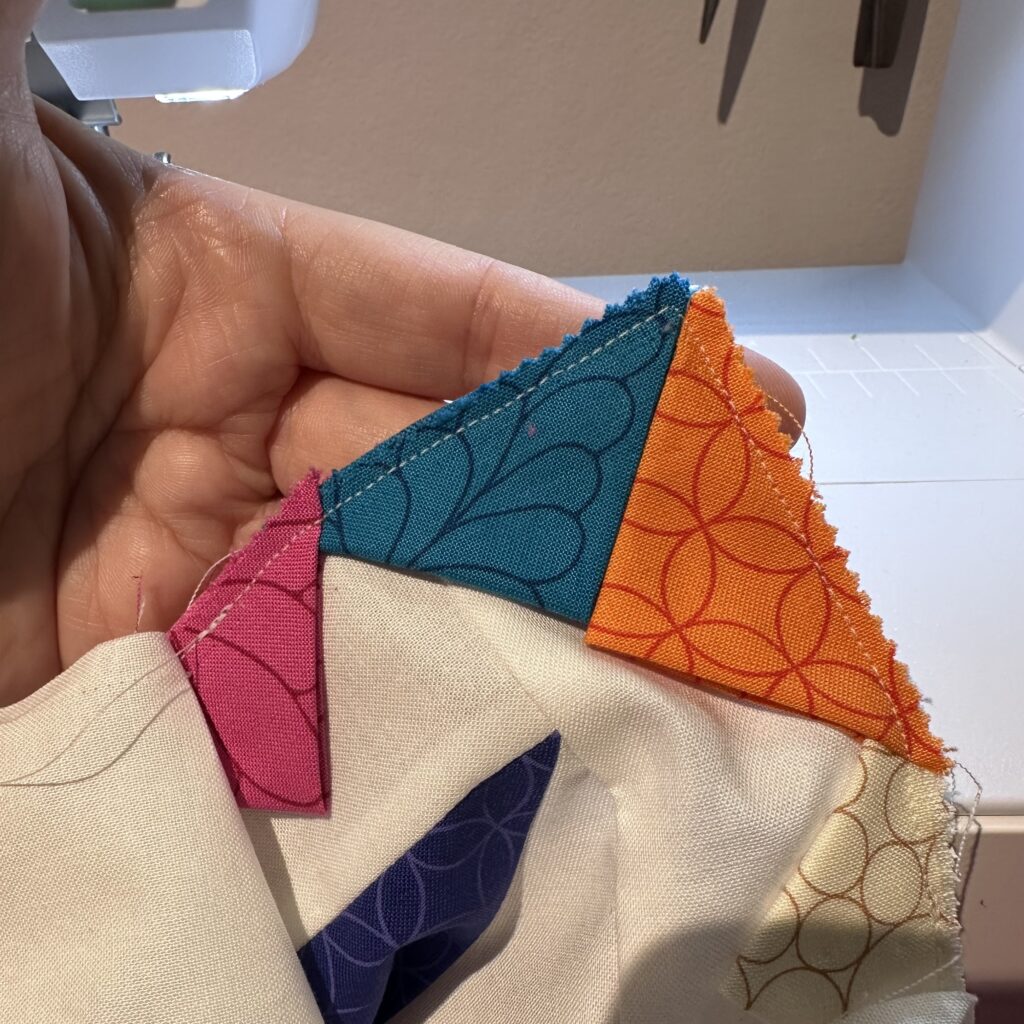





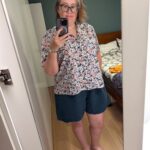




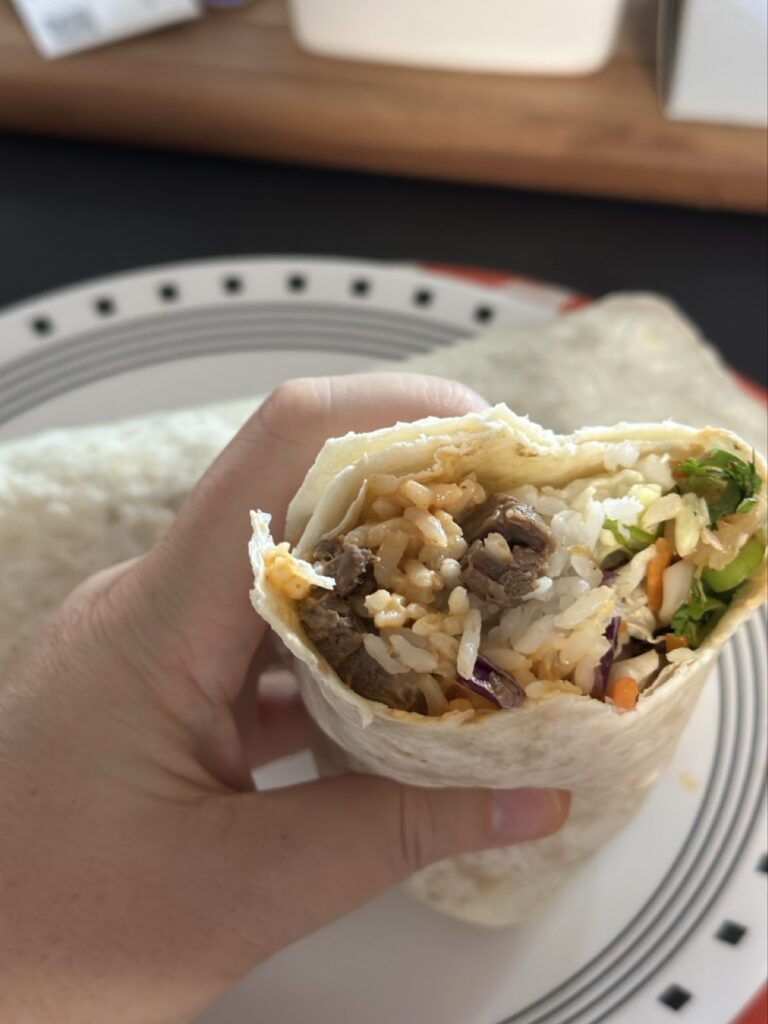
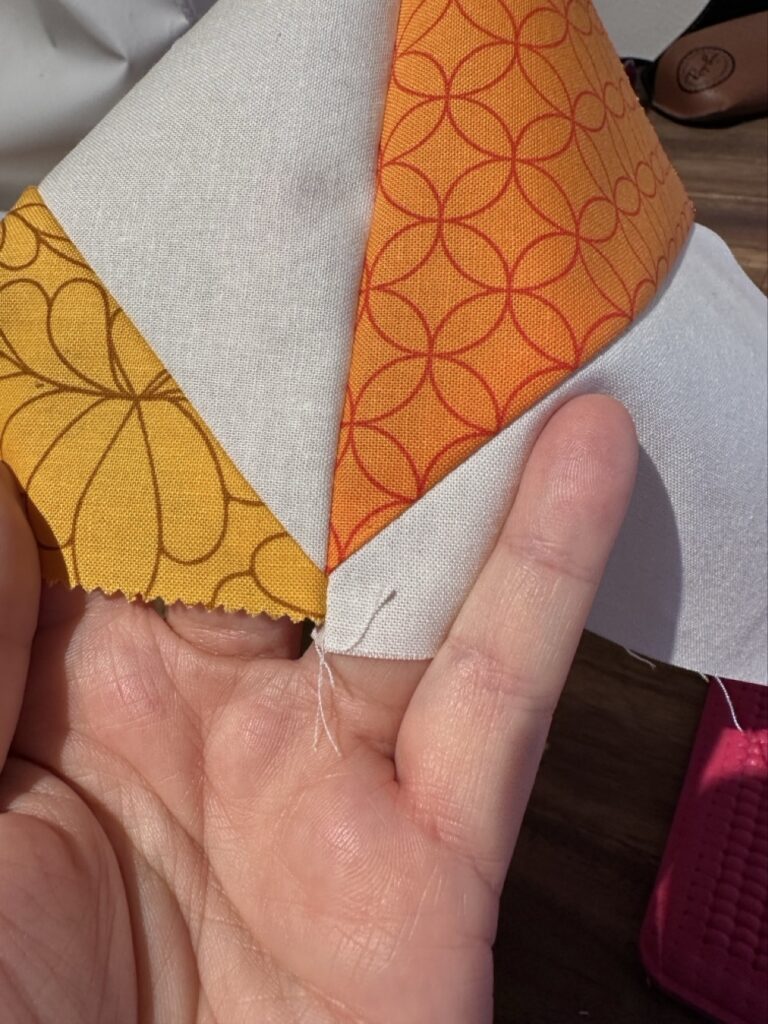


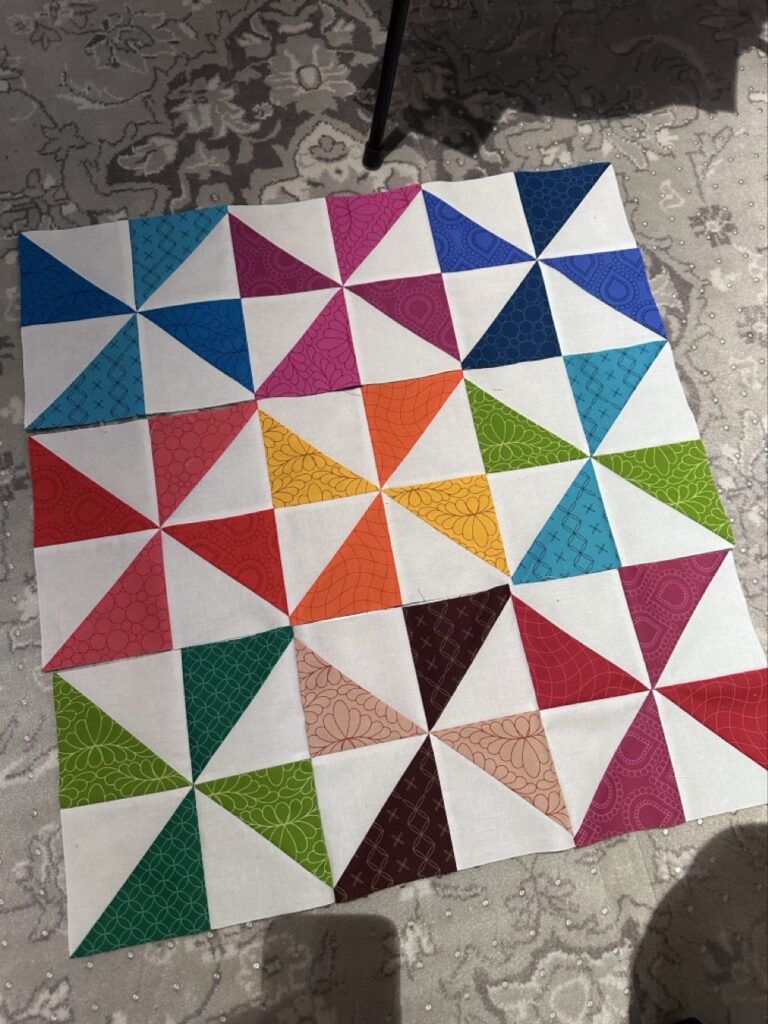





Woot, my knee-jerk don’t-overthink-it pub-quiz answer was Iran which seems to be [✓]. I ‘knew’ it was more populous than…